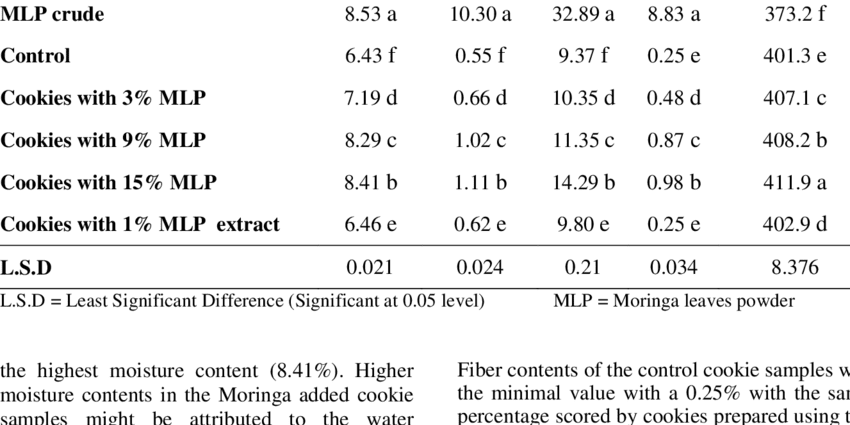Nutritional value and chemical composition.
| Nutrient | Quantity | Norm** | % of the norm in 100 g | % of the norm in 100 kcal | 100% normal |
| Calorie value | 112 kCal | 1684 kCal | 6.7% | 6% | 1504 g |
| Proteins | 16.8 g | 76 g | 22.1% | 19.7% | 452 g |
| Fats | 5 g | 56 g | 8.9% | 7.9% | 1120 g |
| Water | 77 g | 2273 g | 3.4% | 3% | 2952 g |
| Ash | 1.2 g | ~ | |||
| Macronutrients | |||||
| Sulfur, S | 175 mg | 1000 mg | 17.5% | 15.6% | 571 g |
| Trace Elements | |||||
| Iodine, I | 50 μg | 150 μg | 33.3% | 29.7% | 300 g |
The energy value is 112 kcal.
- Iodine participates in the functioning of the thyroid gland, providing the formation of hormones (thyroxine and triiodothyronine). It is necessary for the growth and differentiation of cells of all tissues of the human body, mitochondrial respiration, regulation of transmembrane sodium and hormone transport. Insufficient intake leads to endemic goiter with hypothyroidism and a slowdown in metabolism, arterial hypotension, growth retardation and mental development in children.
Energy value, or calorie content Is the amount of energy released in the human body from food during digestion. The energy value of a product is measured in kilo-calories (kcal) or kilo-joules (kJ) per 100 grams. product. The kilocalorie used to measure the energy value of food is also called the “food calorie,” so the kilo prefix is often omitted when specifying calories in (kilo) calories. You can see detailed energy tables for Russian products.
The nutritional value – the content of carbohydrates, fats and proteins in the product.
Nutritional value of a food product – a set of properties of a food product, in the presence of which the physiological needs of a person for the necessary substances and energy are satisfied.
Vitamins, organic substances required in small quantities in the diet of both humans and most vertebrates. Vitamins are usually synthesized by plants rather than animals. The daily human need for vitamins is only a few milligrams or micrograms. Unlike inorganic substances, vitamins are destroyed by strong heating. Many vitamins are unstable and “lost” during cooking or food processing.










